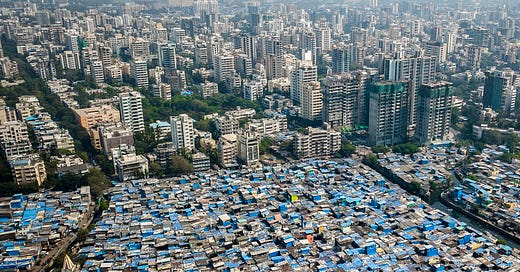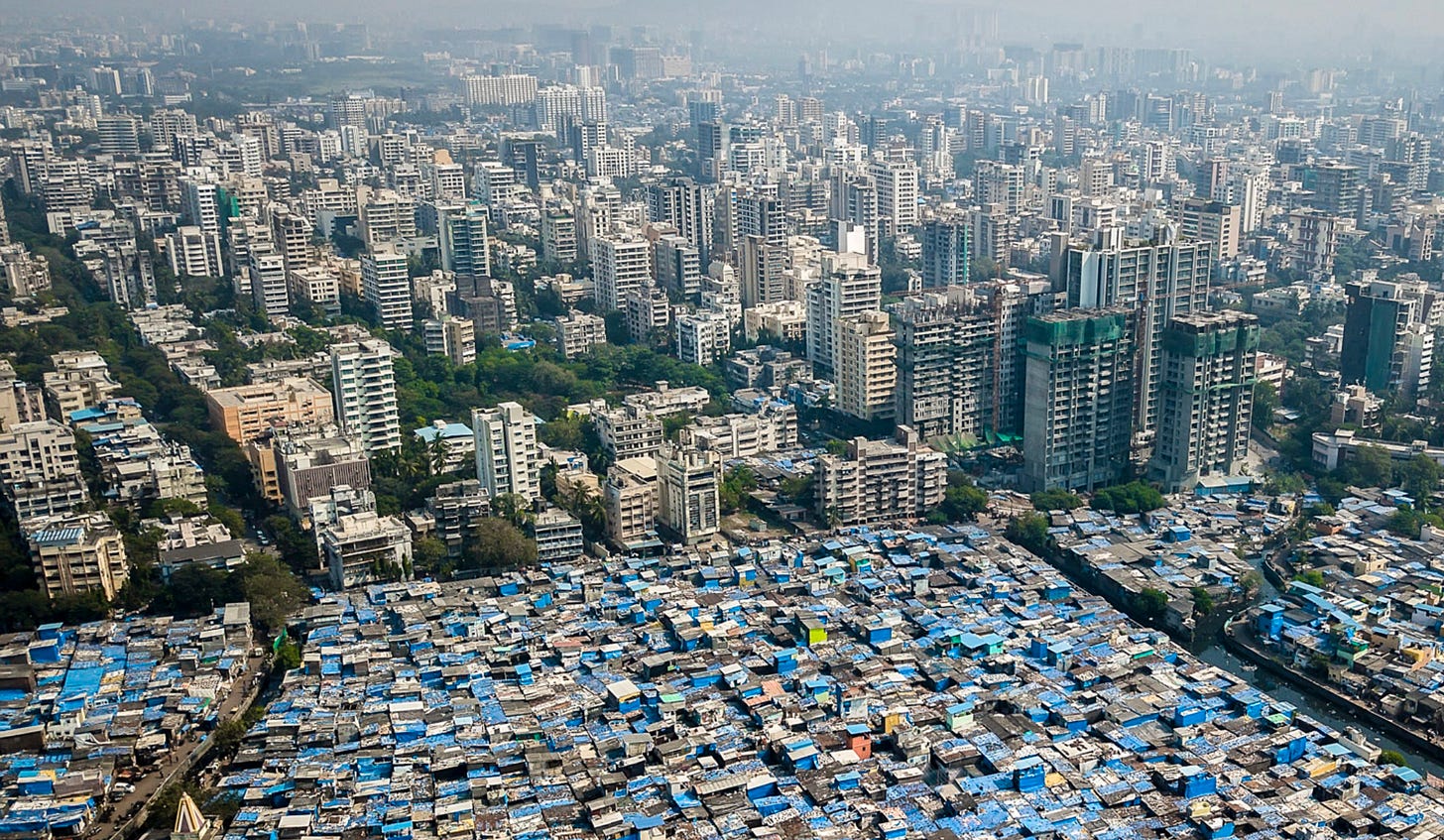26th July 2021. Public space | Private space
The private control of public space; Private space seen from the air
Welcome to Just Two Things, which I try to publish daily, five days a week. Some links may also appear on my blog from time to time. Links to the main articles are in cross-heads as well as the story.
#1: The private control of public space
One of the curses of the UK urban regeneration agenda has been the privatisation of public space. What happens is that a council invites a developer both to redevelop or refurbish an area, and then to manage that space. There such spaces now in every major city in England (Scotland, with its different laws on land, may be different).
In many cases, it is hard to tell where public space stops and privately managed spaces starts, although there are always tell-tale signs. Literally: there will be signs on walls asserting the right to take CC TV images of people who happen to be in the area; there will be security guards on patrol, with a brief to prevent a range of things from happening that would be permitted on public land but can be proscribed on privately-managed or privately owned land.
(Photo by Andrew Curry. CC BY-NC-SA 4.0)
Like painting, for example. As in canvas, easel, and so on.
Apollo magazine ran a story about a painter working in Carnaby Street who was told he wasn’t welcome:
For Dave Crocker, an artist who has been painting outdoors in Soho since 2019, lockdown provided an opportunity to capture Carnaby Street without its crowds. But after he set up his easel and took a photograph, a security guard in a hi-vis jacket told him to move on. The guard’s explanation: the street was private, and Crocker wasn’t part of its ‘corporate image’. While it might seem like public land, much of Carnaby Street is in fact owned by Shaftesbury PLC: a private investment trust that owns 16 acres of real estate in the West End of London.
(Not so welcome, it seems. Photo of Carnaby Street by David Iliff. CC BY-SA 3.0)
There’s a similar story of another artist, painting a view of Tower Bridge on the south side of the river near London’s City Hall, which is a vast POPS.
In Crocker’s case, inevitably, the Soho Society heard about the issue, and got in touch with Shaftesbury. as soon as Apollo made some inquiries, it turned out that the guard had made a mistake. There was no such proscription. Mr Crocker was welcome to come and paint in Carnaby Street whenever he wanted to. The managing director of Shaftesbury PLC would pop by next time to help him squeeze the paint out of his tubes. OK, I made up the last bit.
But the whole thing is part of a pattern. The POPS near City Hall is a case in point, and one I know well, since I used to work on the site.
City Hall is the site of London’s Assembly, and of the Mayor’s office, but under the POPS rules, photographers were banned from taking pictures of politicians outside of City Hall. A protest by photographers got that particular rule changed.
All the same, in 2017 when the Guardian ran a story about the proliferation of POPS in London, it was prevented from interviewing people in the vicinity of City Hall.
One of the most insidious elements of this process is that judgments about what is permitted and what not don’t align with common law, and, worse, landowners are at liberty to keep their list of regulations private. As the Guardian observed:
Under existing laws, public access to pseudo-public spaces remains at the discretion of landowners who are allowed to draw up their own rules for “acceptable behaviour” on their sites and alter them at will. They are not obliged to make these rules public.
The result is that unless landowners choose to volunteer the information themselves, members of the public have no way of knowing what regulations they are bound by at some of London’s biggest open spaces and whether activities they enjoy a legal right to in other public areas – be they taking photos, holding a political protest or even simply sitting down and having a nap – are permitted, or whether they will result in removal by security guards.
And obviously the possibilities for arbitrary discrimination are endless.
In London, the Mayor’s office has been pressurised into trying to codify some of this. The Public London Charter, still in draft, sets out some guidelines.
They might help, although one suspects that security guards on casual contracts and minimum wage will still do what their local managers instruct them to do, since the gap between such a charter and feedback to the property owner will be circuitous. And especially since one of the drivers for all of this has been the relentless squeeze on local government budgets in the UK in the decade since the Conservative/Lib Dem coalition was elected, which means that local authorities have no capacity to manage such things.
As it happens, the British Council’s pavilion at the Venice Biennale this year explores exactly this theme, under the title, “The Garden of Privatised Delights”. A collection of different design and architecture practices have been asked to look at different ways of managing our relationship between land, space, and the public good.
Here’s the video trailer
#2: Private space seen from the air
The Unequal Scenes project photographs cities from the air, by drone. It has a particular interest in areas that are adjacent to each other but have very different spatial configurations.
I was alerted to this via a story in the South African Daily Maverick, which focused on South African cities, but the project works globally. This is from the Unequal Scenes website:
Unequal Scenes uses a drone to illustrate the inscribed history of our world in a new way. The scars within our urban fabric, so apparent from above, can provoke a sense of surprise…But also reveal our complicity in systematic disenfranchisement.
We live within neighborhoods and participate in economies that reinforce inequality. We habituate ourselves with routines and take for granted the built environment of our cities. We’re shocked seeing tin shacks and dilapidated buildings hemmed into neat rows, bounded by the fences, roads, and parks of the wealthiest few.
But it’s the very scale and unerring regularity across geographic regions which points to the systemic nature of inequality. This is not organic – this is planned and intentional disenfranchisement.
Here are some photos from the project:
(“Inequality in Mumbai, India - where over 60% of the city population lives in slums.” Image: Unequal Scenes Project)
(“Msasani and Masaki exist side by side, along old colonial boundaries for European settlement in Dar es Salaam.” Image: Unequal Scenes Project)
(“Some neighborhoods, like this one near Highland Park, are totally decimated. Other neighborhoods nearby, like this one adjacent, are doing just fine.” Image: Unequal Scenes Project).
Feedback: Following my piece on Friday on AI programs converting text to images, Joe Ballantyne sent me a link to Roald Dahl’s short story, The Great Automatic Grammatizator. As with most Roald Dahl stories, there is a sting n tail.
j2t#138
If you are enjoying Just Two Things, please do send it on to a friend or colleague.







